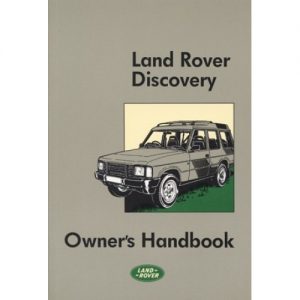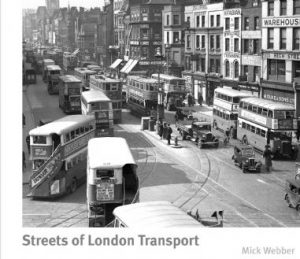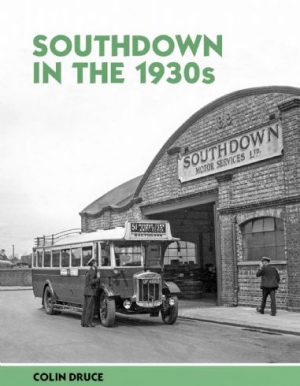Description
This well illustrated Austin-Healey 3000 Mk 1 & Mk 2 BN7 & BT7 Service Parts List commencing car number 101 finishing car number 13750 and Austin-Healey 3000 Mk. 2 Series Bn7 & Bt7 commencing car number 13751 and finishing for the Mk. 2 BN7 at 13750 and the Mk. 2 BT7 with the 19853. It includes engine, electrical, instruments, clutch, gearbox and overdrive, propeller shaft, axle, carburetter, brakes, steering, suspension, chassis, controls, radiator, wheels, tools, body shell, bonnet, heater, windscreen, boot, hood, doors, seats, body equipment and bumpers. Publication number AKD1151 edition 5.
Total of 324 fully illustrated pages. SB.
SKU: AH3NPC ISBN: 9781783180370
Here is a Related products:Austin-Healey 3000 Mks I and II Owners Handbook
Austin-Healey 3000 Mk 1 & Mk 2 BN7 & BT7 Service Parts List- History
A British sports car- The Austin-Healey 3000 was built from 1959 until 1967. It is the best known of the “big Healey” models. The car’s bodywork was made by Jensen Motors and the vehicles were assembled at BMC’s MG Works in Abingdon, alongside the corporation’s MG models. BN7, BT7 roadsters
The Austin-Healey 3000 was announced on 1 July 1959 with a 3-litre BMC C-Series engine to replace the smaller 2.6-litre engine of the 100-6 and disc brakes for its front wheels. The manufacturers claimed it would reach 60 mph in 11 seconds and 100 mph in 31 seconds.[2]
Other changes were minor compared to those between the original 100 and the 100–6. The wheelbase and body were unchanged as were the body-styles, a 2+2 or BT7 and a two-seater BN7. A BT7 3000 with hardtop and overdrive tested by The Motor magazine in 1960 had a top speed of 115 mph (185 km/h) and could accelerate from 0–60 mph (97 km/h) in 11.7 seconds. A fuel consumption of 21.6 miles per imperial gallon (13.1 L/100 km; 18.0 mpg‑US) was recorded.











Reviews
There are no reviews yet.